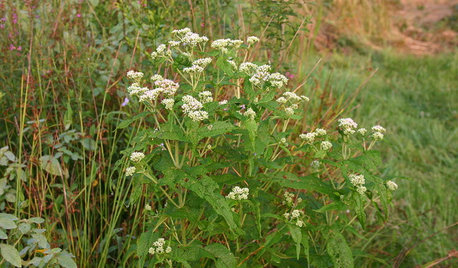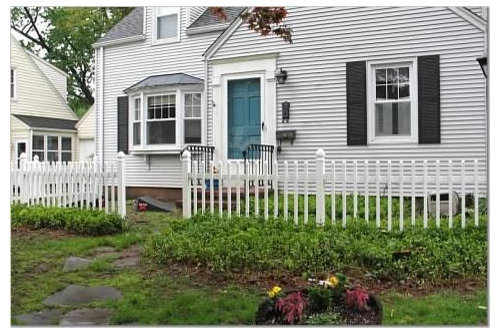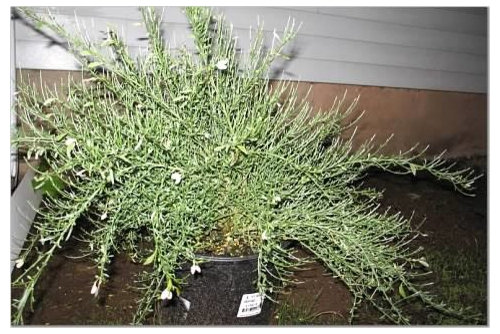Help with foundation planting?
paigect
18 years ago
Related Stories

FLOWERS AND PLANTSHelp Monarchs and Other Butterflies by Planting Common Milkweed
Summer-blooming Asclepias syriaca is an important larval host plant for the monarch butterfly and attracts a number of pollinating insects
Full Story
GARDENING GUIDESGreat Design Plant: Common Boneset Helps Good Bugs Thrive
Support bees, moths and butterflies with the nectar of this low-maintenance, versatile and tactile prairie-style plant
Full Story
LANDSCAPE DESIGNHow to Help Your Home Fit Into the Landscape
Use color, texture and shape to create a smooth transition from home to garden
Full Story
LANDSCAPE DESIGNNative Plants Help You Find Your Garden Style
Imagine the garden of your dreams designed with plants indigenous to your region
Full Story
GARDENING GUIDES8 Unthirsty Plants Help You Save Water in Style
Spend less effort and money on your landscape with drought-tolerant and native plants that liven up your yard
Full Story
SELLING YOUR HOUSE10 Low-Cost Tweaks to Help Your Home Sell
Put these inexpensive but invaluable fixes on your to-do list before you put your home on the market
Full Story
STANDARD MEASUREMENTSThe Right Dimensions for Your Porch
Depth, width, proportion and detailing all contribute to the comfort and functionality of this transitional space
Full Story
CURB APPEAL7 Questions to Help You Pick the Right Front-Yard Fence
Get over the hurdle of choosing a fence design by considering your needs, your home’s architecture and more
Full Story
PETS6 Ways to Help Your Dog and Landscape Play Nicely Together
Keep your prized plantings intact and your dog happy too, with this wisdom from an expert gardener and dog guardian
Full Story






vivian_MA
paigectOriginal Author
Related Discussions
Need help with foundation planting around new church bldg.
Q
Need help front foundation planting
Q
looking for help choosing foundation plants
Q
Need help identifying foundation plants
Q
crnaskater
barefootinct
mayalena
tree_oracle
paigectOriginal Author
paigectOriginal Author
barefootinct
barefootinct
paigectOriginal Author
lise_b
paigectOriginal Author
diggingthedirt
gfult
paigectOriginal Author
smittyctz6
crnaskater
paigectOriginal Author
crnaskater
tree_oracle
Sue W (CT zone 6a)
paigectOriginal Author
paigectOriginal Author
barefootinct
lise_b
paigectOriginal Author